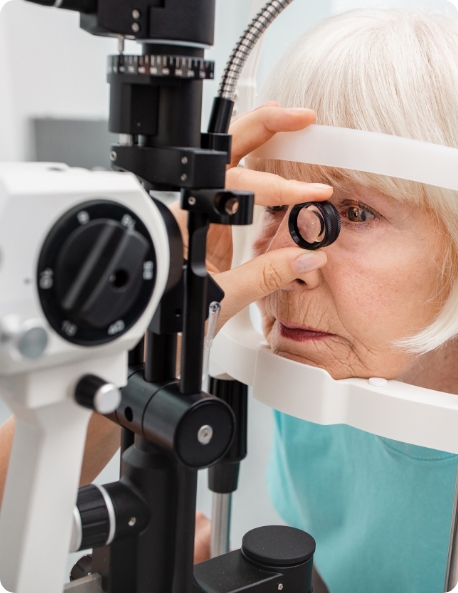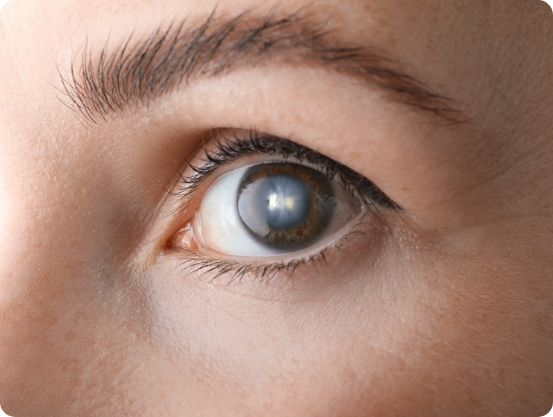Understanding and Treating Glaucoma
What is glaucoma?
Glaucoma is a group of eye diseases that damage the optic nerve, often due to elevated intraocular pressure (IOP). If left untreated, it can lead to permanent vision loss or blindness. While open-angle glaucoma is the most common type, other forms like angle-closure glaucoma may cause sudden symptoms and require urgent care.

When to seek consultation:
symptoms of glaucoma
Glaucoma is often called the “silent thief of sight” because it can develop without noticeable symptoms until significant vision loss has occurred. Early detection is key.
Routine eye exams are essential for diagnosing glaucoma before symptoms appear. It also tends to be familial so if a family member has the condition, you should get screened.
Screening methods such as tonometry (to measure eye pressure), gonioscopy (to examine the drainage angle), optic nerve imaging—OCT (for detailed views of the optic nerve), and visual field testing (to detect peripheral vision loss) can ensure timely treatment to protect your vision.
Book a consultation with one of our eye health experts.
Consult an eye specialist if you experience:
- Blurred or narrowed vision
- Difficulty seeing in low light
- Halos around lights
- Sudden eye pain, redness, or nausea (urgent care required)
What are the different types of glaucoma?
Open-angle glaucoma:
The most common type, where fluid drains less efficiently, gradually increasing eye pressure.
Angle-closure glaucoma:
A more severe type, where the drainage angle suddenly closes, causing a rapid spike in eye pressure. If caught early, a prophylactic laser iridotomy can be performed to avoid this type of glaucoma in patients with narrow angles. Narrow angles describe the pathway of the fluid to drain outside of the eye as small.
Normal-tension glaucoma:
Occurs despite normal eye pressure levels, indicating heightened sensitivity of the optic nerve.
Congenital glaucoma:
A rare form present at birth, due to abnormal drainage canal development.


How is glaucoma treated?
Medications
Prescription eye drops are often the first step in reducing eye pressure by improving fluid drainage or decreasing production.
Surgical options
Laser procedures like Selective Laser Trabeculoplasty (SLT) or Laser Peripheral Iridotomy (LPI) improve fluid outflow and help control eye pressure with minimal recovery time.
Laser treatments
For advanced cases, surgical solutions like trabeculectomy or minimally invasive glaucoma surgery (MIGS) create new drainage pathways or enhance existing ones to manage IOP effectively.

TOP CHOICE FOR SPECIALIZED EYE CARE
Why choose Haute Vision
for glaucoma treatment?
Expertise in glaucoma management
Our team specializes in diagnosing and treating all types of glaucoma, from early stage to advanced cases.
Advanced diagnostic technology
We use cutting-edge tools like OCT imaging and visual field testing to detect glaucoma early and monitor its progression.
Comprehensive treatment options
From medications to laser and surgical solutions, we offer personalized care tailored to your unique condition.
Ongoing support and monitoring
Our commitment to your eye health extends beyond initial treatment, ensuring your vision is preserved through continuous follow-ups and advanced care.
